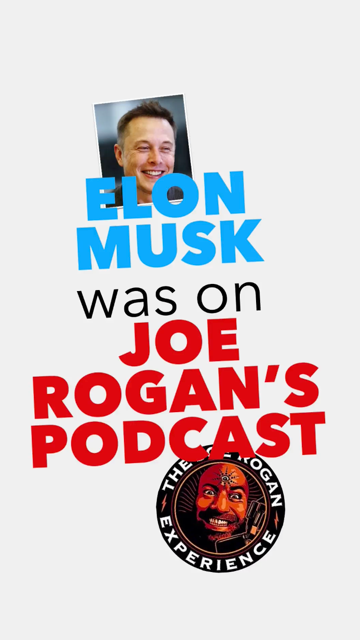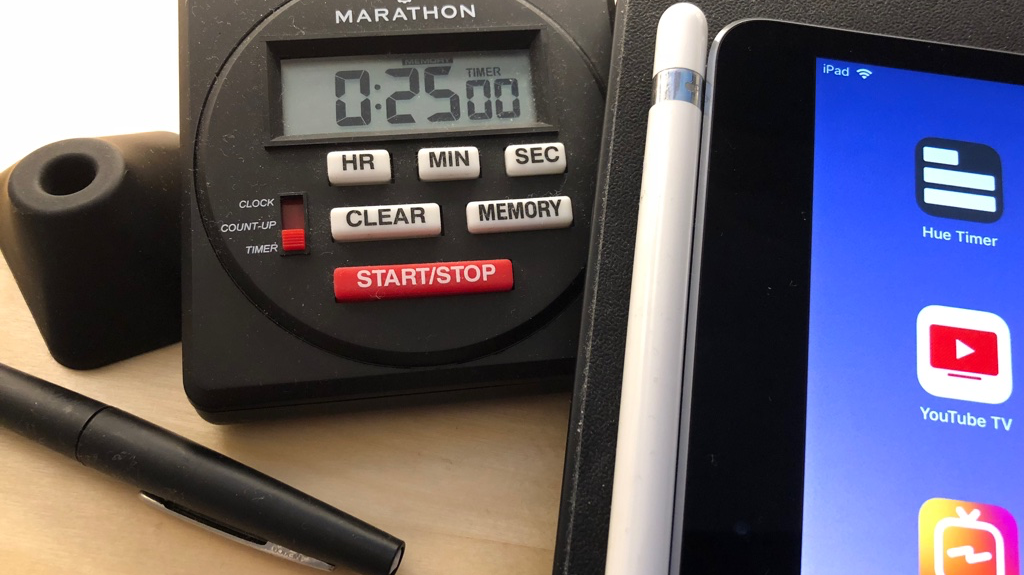
Practice directing your attention
Chris Bailey in his appearance on The Art of Manliness:
The more distracted you are, the less you’re able to delve deep into what’s actually complex on a daily basis. One proven way of doing that is meditation. Meditation is a brain training technique where you train your ability to give focus to what’s in front of you in the present moment as opposed to wherever your attention wants to go, to whatever’s novel, pleasurable or threatening. It totally is possible to not only make your attention bigger and not only be able to take on things that are more complex, but it’s possible that your attention can almost wither over time. It decreases as your energy levels falter, for example. It decreases the more distracted you are, with your distractibility level.
I read Hyperfocus (full notes to come) after listening to this podcast episode. Here’s something from the book about directing your attention:
Directing your attention toward the most important object of your choosing—and then sustaining that attention—is the most consequential decision we will make throughout the day. We are what we pay attention to.
I’ve been meditating more since reading Hyperfocus. I’ve meditated on and off and always want to meditate more. This book gave me whatever motivation I needed to start it up again. Actually it was this book along with an episode of Joe Rogan’s podcast (#1161 – Jerrod Carmichael & Jamar Neighbors) where Jamar talks about his meditation practice. I listened to both of these on a flight to Seattle and meditated a bit on the flight.
Directing your attention is worth practicing. Meditation lets you continually practice it for a set amount of time.
Here comes a workout analogy. For directing your attention, meditation can be like a cardio workout. You’re constantly moving and working out the entire time. You continue to notice your attention wandering and directing it back to your breathing (or other things depending on what type of meditation).
Then there’s a concept called greasing the groove. Often you’ll hear about it for increasing the number of pull-ups you can do. You do pull-ups throughout the day. Not to failure. It should feel easy. Every hour do a few pull ups. The reps will add up.
Similarly, this is valuable for practicing directing your attention. Chris Bailey recommends having an hourly chime for this. Every hour, reflect on what you did in the past hour and what you’re currently doing. It’s a time to refocus.
I’ve been using the pomodoro technique in the past week. It must be the 17th time that I’ve tried it in my life but it’s been pretty effective this time around. One difference is that I’ve been really respecting the 25-minute timer. Meaning that I’ll end when time ends. In the past I would work through it—“I’m focused, why stop now?” Well, because if you stick it through to an hour then you’ll be completely drained. (Think: NBA Live turbo button.)
Each pomodoro is a rep in directing your attention. You’re greasing the groove. Combining that with meditation has been really effective.
I’ll write more book notes (I really enjoyed it, if you couldn’t tell). Check out Hyperfocus for yourself and listen to The Art of Manliness episode.
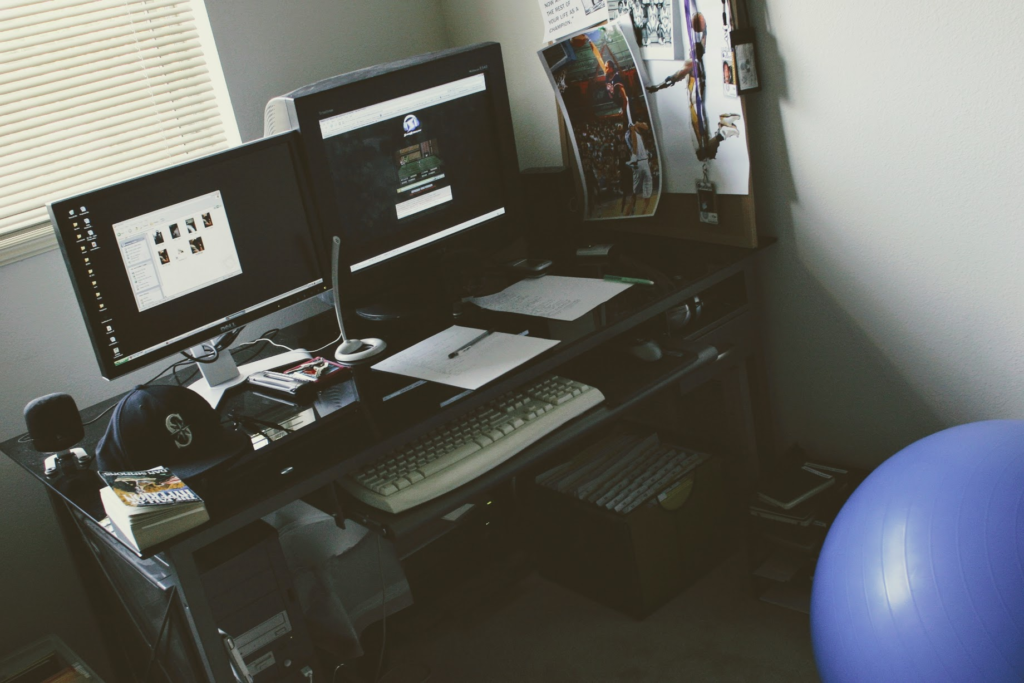
Kobe Bryant: Every day math
What did you do today to improve?
Was it deliberate? Did you do it yesterday? Will you do it tomorrow and the day after?
Kobe Bryant is retired from basketball and is now focused on being a great storyteller. He was recently on Lewis Howes’s podcast The School of Greatness: “Mamba Mentality, NBA Championships, And Oscars”. Here’s what he says about the math of every day:
It’s simple. If you do the math on this, right? If you’re thinking about how often kids are playing. I tell this to my daughter, and my daughter’s team as well, that I coach. it’s a simple thing of math.
If you want to be a great player. If you play every single day 2, 3 hours. Every single day. Over the course of a year. How much better are you getting? Most kids will play, maybe, an hour and a half two days a week? Do the math on that. That’s not gonna get it done. Not gonna get it done.
So if you’re obsessively training 2 or 3 hours every single day over a year. Over two years. You make quantum leaps, man.

That math scales down well, but keep the “every single day” part. Adjust the other numbers. You really might only be able to carve out 30 minutes.
- 2 or 3 hours every day over 2 years
- 1 hour a day over 4 years
- 30 minutes a day over 8 years
Eight years starts sounding like a pretty long time, but the time is going to pass anyway.
It’s clear that the opposite is true: negative action adds up. (Eating a box of cookies every day.) What’s easier to forget is that seemingly neutral action can add up negatively as well. (Sitting at a desk every day.)
In The Slight Edge, Jeff Olson writes about the importance of paying attention to small things that you do every day:
Simple daily disciplines—little productive actions, repeated consistently over time—add up to the difference between failure and success. The slight edge is relentless and cuts both ways: simple daily disciplines or simple errors in judgment, repeated consistently over time, make you or break you.
Taking it even further, cutting the input in half and doubling the time scale:
- 15 minutes a day over 16 years
- 7 minutes a day over 32 years
- 3 minutes a day over 64 years
I’ll think about this more but it does seem that preventative things fit well further down the scale. That last one being pretty close to the time it takes to brush your teeth every day over a lifetime. (But neglecting this for even a year could be bad.)
Take action: Think about what good you’ll do today and tomorrow and the next day and the day after that and the…
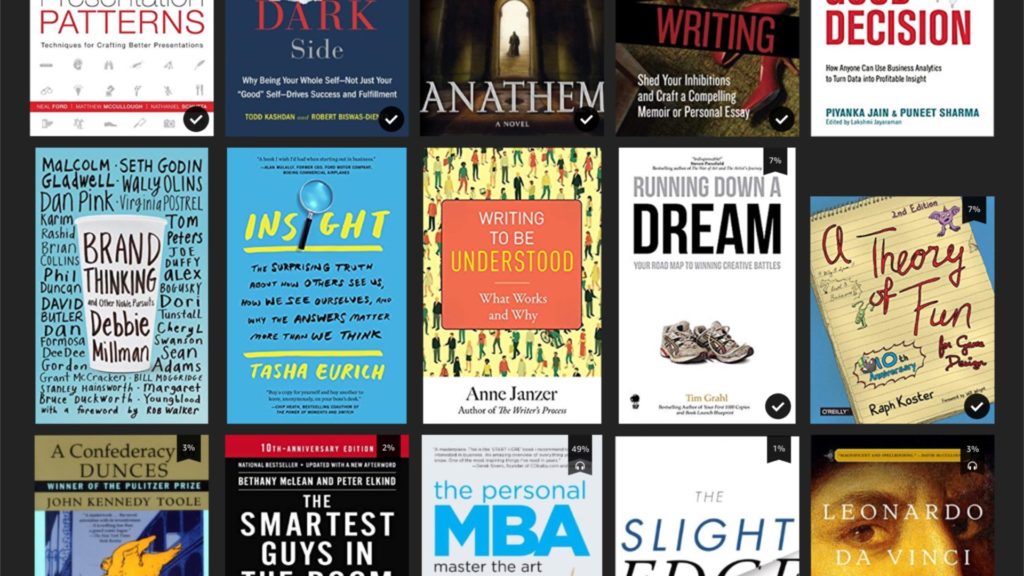
Read more books (until you need to read fewer books)
What are you reading right now?
Do you know what you’ll be reading next?
If so, good. Please teach me how.
I’ve got too many books going at any one time. I’ve been trying to improve on this. Which means mostly not doing anything to improve on this and just feeling bad every time I realize I’ve mindlessly switched to another book.
Anyway I came across a couple passages this week about book selection. Here’s the first, from Dan Meredith’s How to Be F-cking Awesome:
Next, I read. Now I have three books on the go at all times. As I mentioned earlier, I used to beat myself up over having all the books and not reading them. Now? I pick the most suitable three and read one–two chapters of each of them every day. For me, a combination of an autobiography, a business/marketing/mindset book and some easy, fun-to-read fiction works well.
I subscribe to that idea that if you’re thinking about buying a book then you should just go ahead and buy it. So I buy a lot of books. Well, ebooks. Which is great. I’ve read a good number of books since buying a Kindle in 2010. A lot of which I probably wouldn’t have read if I stuck to hard copies.
(Here comes the…) But now I’m seeing that having hundreds of books with you at all times can be distracting.
I usually am bouncing 3 Kindle books around along with 3 Audible books and then I have a hard copy. To illustrate this, here’s what the current rotation looks like.
Kindle books:
- Barbarian Days: A Surfing Life by William Finnegan
- The Wise Man’s Fear by Patrick Rothfuss
- Pomodoro Technique Illustrated by Staffan Noteberg
Audiobooks:
- The Audience of One by Srinivas Rao
- American Kingpin by Nick Bilton
- Off the Clock by Laura Vanderkam
Hardcover:
- Maverick by Ricardo Semler
(I have The Wise Man’s Fear as an audiobook and hardcover so I’ll jump into those once in a while as well.)
Just going to quote myself on this. From a post titled “Journal 18: The Duel”:
Ravikant says he treats books like they’re blogs. I like his comparison to blog archives. You wouldn’t just read an archive from start to finish. You would look and try to find the most interesting posts. In the same way, he goes through books and reads the most interesting sections.
Which is referring to Naval Ravikant’s appearance on The Knowledge Project. Actually sort of a life changing episode. In that I definitely changed how I read books immediately after listening to that episode. I may have gone too far to where I’m not retaining anything at all.
Anyway here’s another thing I wrote about being more deliberate about what I’m reading, “The second diet”:
This blog acts as a bit of the best things from my mental diet. Hopefully I’m sharing meals that taste good and are good for you. Of course, it’s a highlight reel. I read and listen to a lot of stuff that isn’t as good.
A lot of it isn’t varied enough. I started stepping out of the echo chamber of tech startup, design think piece, growth hacker, productivity type of things.
For that post, I was referring to Shannon Briggs’s appearance on Joe Rogan’s podcast.
I’m approaching two years (originally posted Dec 2016) since writing that post and… I think I’m pretty close to being entirely back in that echo chamber. That’s a sign that it’s what I’m interested in. But I still think it’s worth deliberately reading outside of those topics at least half the time and I’d like to be beyond half the time outside of those things.
Oh yeah, at the top of the post I said there were two passages that I came across—the second one is from something in Laura Vanderkam’s book “Off the Clock” about how she picks the books she’ll read. I found something similar on her blog in her post “My year of making time to read (plus a most memorable books list)”:
I get a lot of recommendations from Modern Mrs. Darcy/What Should I Read Next? and from write-ups in O magazine and the Wall Street Journal. People send me a fair number of non-fiction titles. I will read through other works by writers I like.
Which reminds me that a month ago (while reading In the beginning was the command line) I decided I’d read all of Neal Stephenson’s novels. So Anathem might be next after The Wise Man’s Fear.
Okay so here are the two things that should be helpful:
- Have a strategy for picking books: This takes some of the fun out but I think something general like 1 non-fiction, 1 fiction, 1 narrative non-fiction could be good. I’ll keep trying different rotations out.
- Write about what you’re reading: Just to help with retention. I’m aiming to write 1000 words a day. (Re-inspired by Srinivas Rao: “Shortly after that conversation I started writing 1000 words a day and it’s something I’ve been doing ever since. To say that the habit changed my life would be an understatement.”) A lot of what I write (~10 days into this hopefully-new habit) has been about what I read that day. I suspect that will continue. I’ll try to share the good parts.
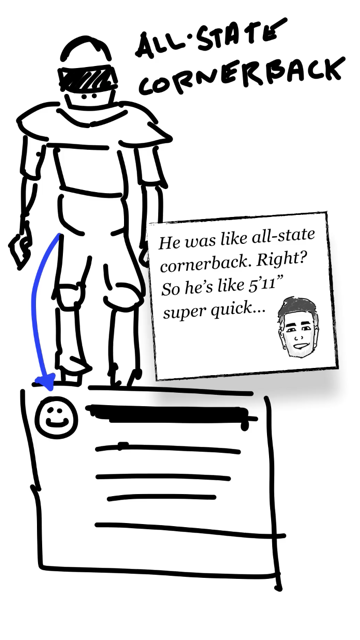
JJ Redick, Hasan Minhaj: Negative Motivation
They talk about a lot more (including an Air Alert shout out!). Here are some links to the full episode:
